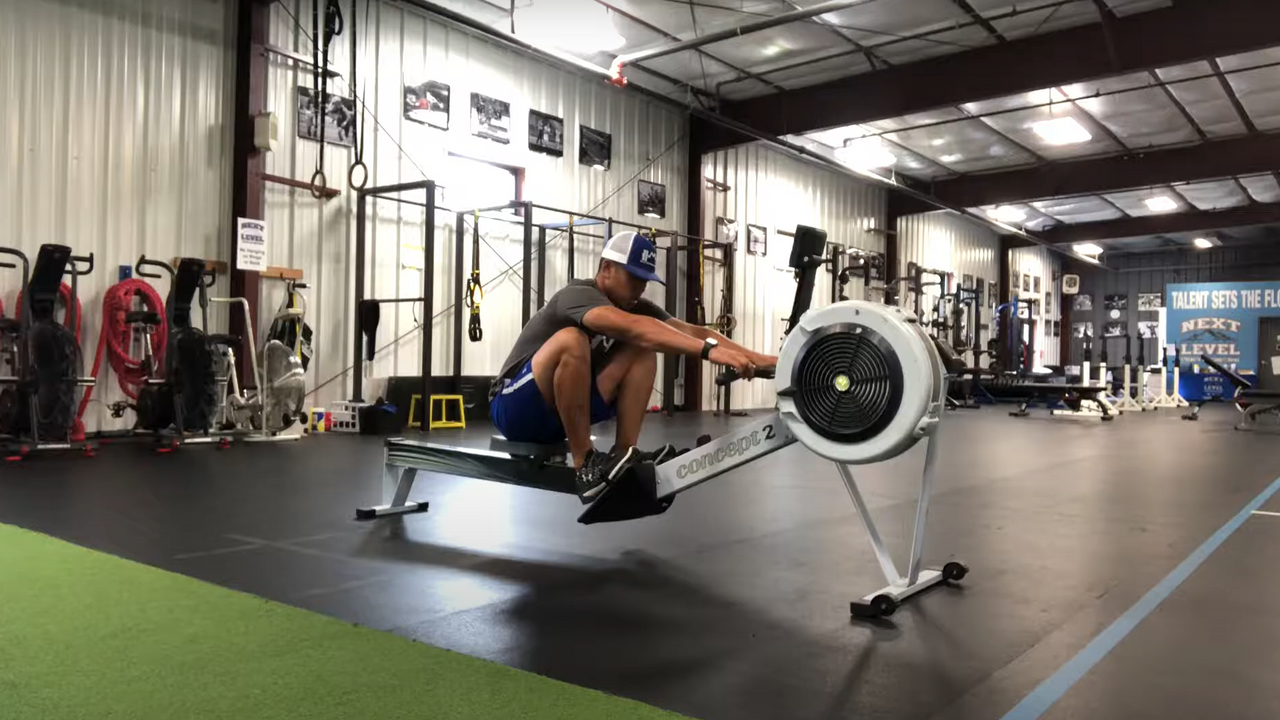
What is Energy Systems Training During ACL Rehabilitation?
Jan 17, 2022Energy Systems and ACL Rehabilitation
When it comes to returning back to higher level activity after an ACL reconstruction, there are a lot of factors that need to be considered. While many focus on range of motion, strength, and pain reduction, an area that is often overlooked is training energy systems based on activity they want to get back to doing. Energy system training plays a big role as to how well one will perform when they return to their given sport as they go through their ACL recovery. Energy systems can be divided into either anaerobic or aerobic systems. Aerobic training means that oxygen is utilized as an energy source during a longer bout of exercise. Anaerobic training is when simpler sources of energy are broken down to fuel short term bouts of exercise. This is important during ACL rehabilitation because training may need to be changed depending on the specific demands of sport.
Anaerobic Training
Quick energy is utilized during sports that require sprinting, change of direction and jumping activities. During the ACL rehabilitation process, agility and higher level jump training can begin around the 4-5 month mark depending on surgeon preference. Anaerobic training can begin earlier on in the form of utilizing faster movements like kettlebell swings or medicine ball slams when an ACL client can tolerate these movements without pain. Being intentional about what systems are being trained is important during the ACL rehabilitation process to improve confidence when an ACL client returns to sport.
Aerobic Training
Aerobic training describes an training that utilizes oxygen as a primary energy source for activity. This type of training is typically seen in bouts of sustained, endurance-based activities. This type of training is advantageous for building cardiovascular endurance and building an athlete's capacity to be able to handle more activity and being more durable.
Why Does This Matter?
A lot of clients who have had traditional ACL rehabilitation have been told that they will get stronger on their own after they return to run. Or, that they need less physical therapy once they have hit this milestone. Steady running does not account for the quick burst of speed needed to close out on an opposing player during soccer or basketball. Likewise, focusing heavily on very basic agility drills will not serve a long distance runner or cycling athlete if their goal is to return to endurance-based athletics. It is important that physical therapy is individualized to the ACL client and a plan is developed to get the client back to their respective sport with 100% confidence.
The MANA Difference
At MANA Performance Therapy we sit down with each of our ACL clients and reverse engineer their goals into something that makes sense. Often ACL clients will be given benchmarks to hit without describing the steps needed to get there. We make sure that our clients understand our reasoning behind what we are doing so they can gain confidence during rehabilitation. Training energy systems unique to a clients sport is just one aspect of the individualized care we give each of our ACL clients.
Summary
Energy systems are the primary driver behind sports performance. At the end of the day, a combination of both aerobic and anaerobic training is advised regardless of the sport the ACL client wants to return back to. This is important during rehab because ACL clients need to have training that is specific to their sport in order to have confidence and success upon their return to sport.
Questions about how we can help?
Leave us your questions below and we will respond ASAP!
We hate SPAM. We will never sell your information, for any reason.

